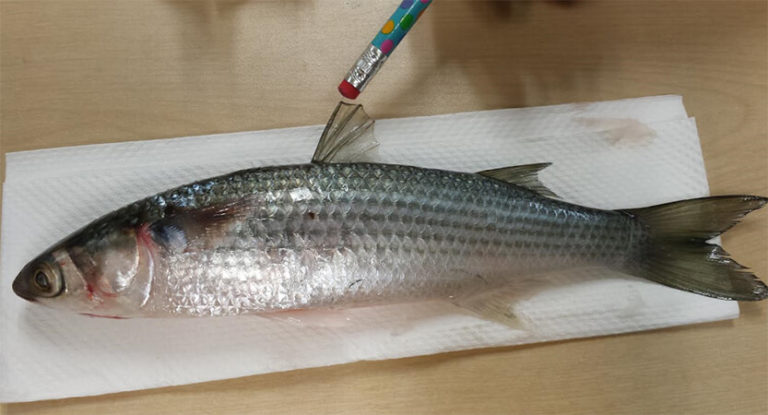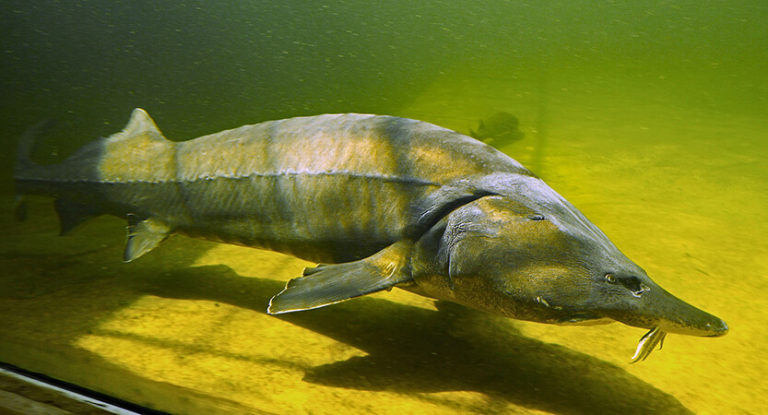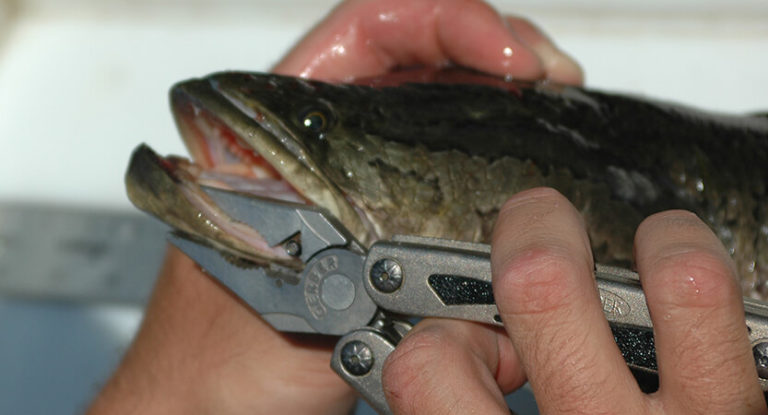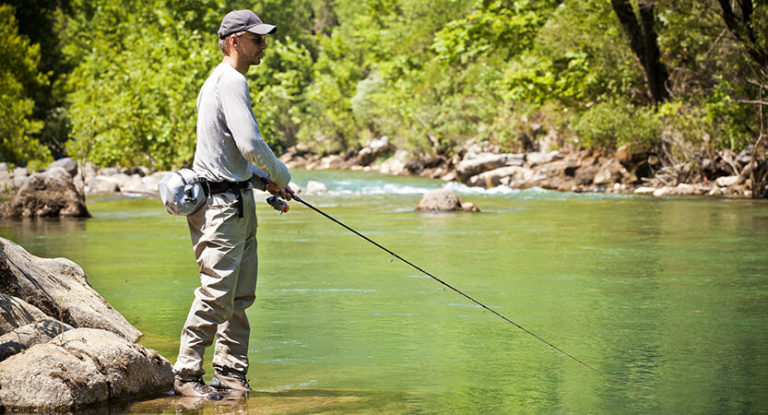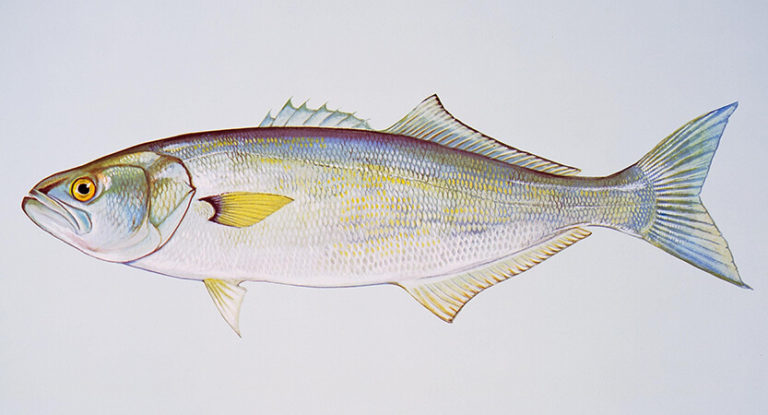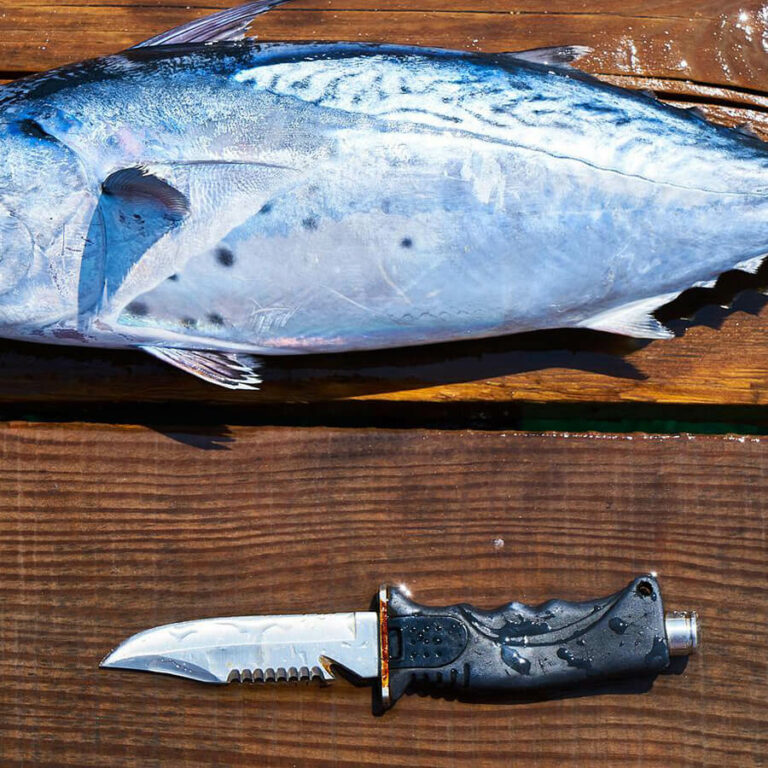Fishing is not just a hobby, but a way of life, a kind of gene, accessible to everyone, regardless of age, gender and worldview. Fishing calms the nerves, despite the adrenaline rush, helps to get rid of everyday problems and feel the joy of being. Have you already decided to try a new hobby for yourself? Then our story about how to become a fisherman in the current conditions is specially designed for you! It is difficult to cover such a broad topic in one article, but it can become a stimulus for the first independent experiments.
In fairness, it should be noted that uninitiated people often confuse close, but not identical concepts of ” commercial fisherman” and ” recreational fishermen“. In theory, a commercial fisherman is a professional who is paid for his work and is responsible for catching fish on an industrial scale. A recreational fishermen is an amateur who owes nothing to anyone: he does his hobby for his own pleasure. However, let’s not get bored and find fault with the wording. What’s the difference? The main thing is that the process is extremely enjoyable, supported by a rich catch.
Here is an overview of the content of this tutorial, feel free to jump to any section you care about:
For more fishing instructions, take a look at these popular Trizily links: Best Bass Fishing Lures, Best baitcasting Reels.
What does the future angler need to know?
It would seem that everything is simple: take it and catch it, no wisdom – that guy over there is doing so well. Yes, recreational fishing is not a Newton binomial; it does not require academic knowledge. However, the proverb, which says that you can’t easily pull a fish out of a pond, was not born out of nowhere. Some basic rules will have to be learned.

The neophyte angler should realize that fishing does not tolerate fuss and requires careful preparation. Consider each step carefully:
- Study of theory . Ideally, you should study the habits of the most common fish species in our reservoirs , focusing on your region. Particular attention should be paid to the following points: periods of maximum activity, favorite habitats, food preferences. Information about the spawning time will not be superfluous : during this period, restrictions are introduced, and sometimes complete bans on fishing.
- Tackle preparation . It all depends on the choice of equipment, so we will talk about this a little later and in more detail. The main thing to remember: do not chase super-expensive professional tackle, for the first time something simpler is enough.
- Collecting equipment . Tackle alone is not enough: you will need accompanying equipment and ammunition. At the end of our publication, we will outline the required minimum for a novice angler, and then it’s up to you to decide what to add to your backpack.
- Preparation of baits and lures . For the first time, it is worth remembering one thing: there is a peaceful and predatory fish. The first can take on the baits and animal and plant origin, the second consumes exclusively “meat” in the form of worms, larvae, insects, as well as their own kind. The most budgetary option is to take boiled barley, pasta, bread, canned corn with you and get worms on the spot. Don’t feel like bothering? Welkam to a specialized store, everything is there, and of the best quality.
- Choosing a place . The fish is not evenly distributed throughout the reservoir: it seeks out comfortable places to stay, and regularly “grazes” in areas where there is more food. And these are places that are somehow distinguished by the relief, the nature of the bottom or the presence of vegetation.
- Groundbait . Preliminary groundbaiting is carried out immediately after choosing a promising place, small portions are tossed in the process. Even at home, you should prepare a bait mixture of porridge, cake, bread, semolina, small pasta, components of animal origin – there are a lot of recipes. The mixture should form into balls without crumbling in your hands.
- Casting gear . It is problematic to cast even the simplest float rod the first time – there is always a risk that the rig will get stuck in the coastal bushes, and getting into the lured area is completely problematic. But you need to! Do not despair, after 2-3 casts everything will work out, even if you are far from sniper standards. With the casting of bottom gear and spinning wires, the situation is even more complicated, but it’s not the gods who burn the pots, right?
- Reaction to a bite . The main mistake of beginners is to react too harshly for a bite. You need to strike sharply, but carefully. With a convulsive movement of the rod upwards, you will either pull the bait out of the mouth of a perplexed fish, or, if it is already tightly gripped by a solid specimen, cut off the leash.
- Rescue . Another subtle point: after the fish is on the hook, you need to pull it ashore. You should never raise it sharply vertically, you need to slowly bring it to yourself, reacting to jerks with a rod. Ideally, it is better to lay a large individual on its side – it stops prowling and only hits with its tail, which is much less dangerous.
- Conservation of the catch . We dragged the trophy to the shore, carefully pull it out, and a large individual is better with the help of a landing net. Experienced fishermen use yawners or retractors to extract the hook, but at first you can do with your own fingers, and in case of difficulty – with a folding knife. It is better to store the captured trophies in the cage (we drive a spear into the bottom, we hang the cage so that the neck is above the water). In extreme cases, a bucket filled with water will do, but in such conditions the fish falls asleep faster.
What and what kind of fish we will catch
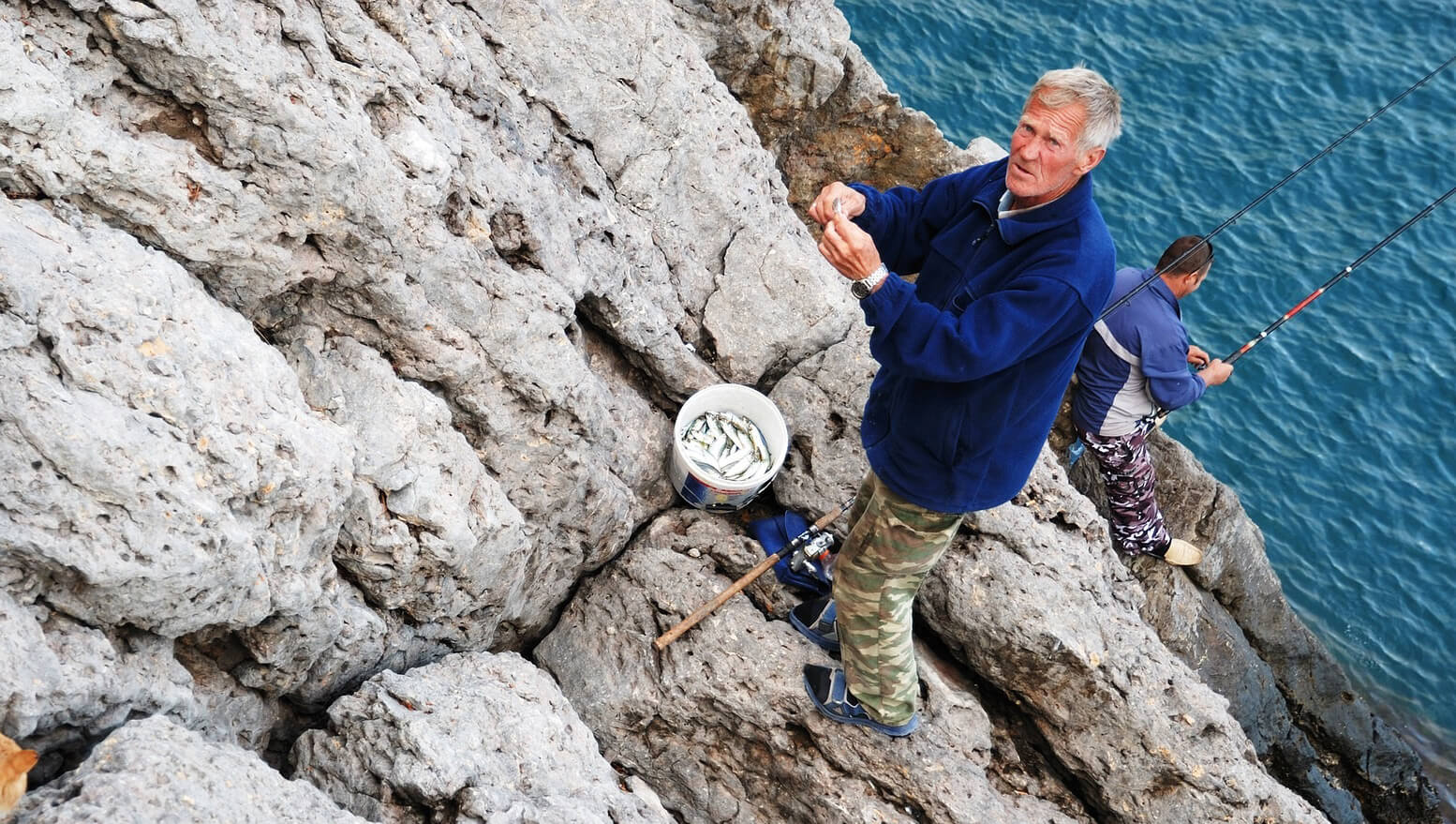
The most popular legal tackles are:
- Float rods . Many people have become fishermen precisely because of the float rods. They do not require special financial and physical costs, give room for healthy passion, help to spend time pleasantly and profitably. The whole family can go on such fishing and combine it with outdoor recreation. As the first tackle, we recommend choosing universal fishing rods that are not too long, with reels and simple equipment.
- Bottom gear . Bottom gear is always passive (with the exception of catching with a feeder in the wiring, but this is already some kind of exoticism). They are used for catching any freshwater fish, regardless of lifestyle and food preferences (only baits and individual accessories vary). This category includes both primitive zakydushki that do not require special financial costs and skills, and the most complex expensive feeders that require a certain amount of experience. Fishing with bottom tackle is, first of all, attention to detail and great patience (you can sit for hours, but in the end you will receive a reward in the form of a trophy carp). Overly active and impatient, this option is clearly not suitable.
- Spinning rods . Spinning rods in all their manifestations are active tackles that involve constant work with them. Casting is only a small part of the matter, you need to be able to do the wiring . Spinning rods are used mainly for catching predatory fish with artificial bait. The trick is for the predator to take a spinner, wobbler and others like them for potential prey and hurry to attack it. In addition to certain skills, spinning fishing requires decent physical costs, so it should not be recommended to weakened and elderly people.
You can read about the peculiarities of the preparation and use of the above gear in our thematic publications. Everything is described there in detail and in a form accessible to a beginner.
When will we catch
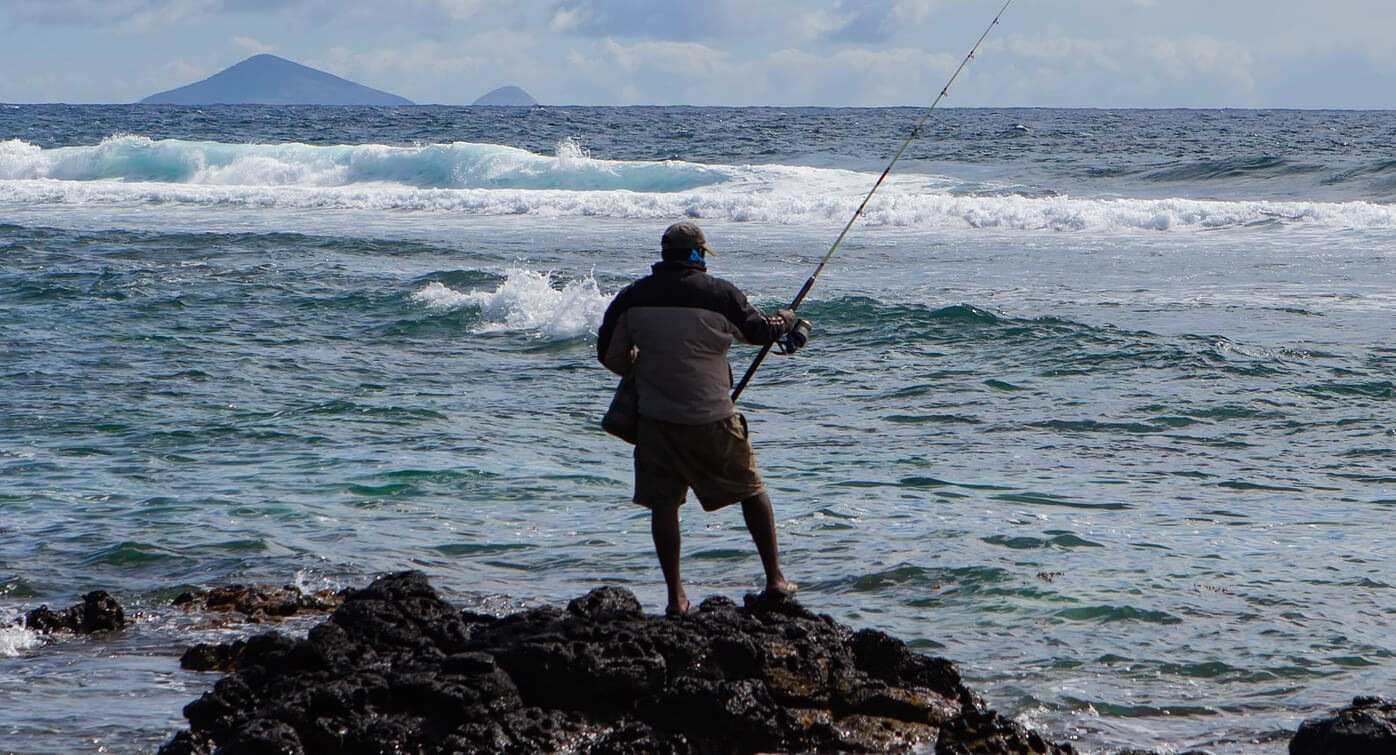
If you choose the optimal time for your first fishing trip, it is better to focus on the seasons of clean water with more or less stable weather conditions . This is late spring, summer, the first month of autumn. Winter fishing is more difficult, physically less comfortable, and even costs a lot in terms of equipment . What is just the purchase of an ice screw and really high-quality “uniforms”!
You should always remember that a change in weather associated with a jump in atmospheric pressure is one of the main enemies of good biting. Therefore, before going fishing, it is advisable to ask about the weather forecast – he does not always lie, right? The best option would be clear, windless weather without stifling heat. The presence of a strong wind not only creates uncomfortable conditions: even in stagnant water, a high wave rises, which makes the bite difficult to distinguish for a beginner. True, sometimes it bites well even in the rain, but can you guess here?
Let’s figure out the time of day. In spring, the main gluttony falls on the daytime, when the water warms up, in summer, on the contrary, it bites best in the early morning and late evening. Some fish species (large bream, pike perch ) are most active at night. However, it is worth remembering that night fishing requires warning lights, additional light sources and certain skills.
Where will we catch
As the first place for fishing, it is best to choose reservoirs with stagnant water (lakes, ponds, reservoirs) or deep rivers with a slow flow. The fact is that fishing in a fast current is already a special art that requires special equipment and extensive experience. The bait is constantly blown away, you have to make a lot of casts, the reactions of the float are difficult to distinguish – in a word, not an option for a beginner.
In a reservoir with stagnant water, it is more difficult to determine a promising place without painstaking research of the bottom relief , but something can be seen visually. Promising places are the boundaries of areas with water of different shades (which means that there is a hole or a sandbank), windows of clean water in ponds, borders of coastal vegetation, all kinds of natural and artificial obstacles. Try to cast near them, but watch out for the hooks! It is recommended to crush the coastal vegetation opposite the fishing site, or better – cut it off with a knife. Do not forget to prepare and drive in the spears to hold the rod and net.
On popular water bodies it is worth paying attention to places already inhabited by others: they can be recognized by the already mown sedge, and sometimes – hammered stakes, improvised “benches”, as well as much less pleasant traces of human life. Most likely, it has already been fed there, and the fish will surely come to the usual “canteen”.
Equipment for the first fishing
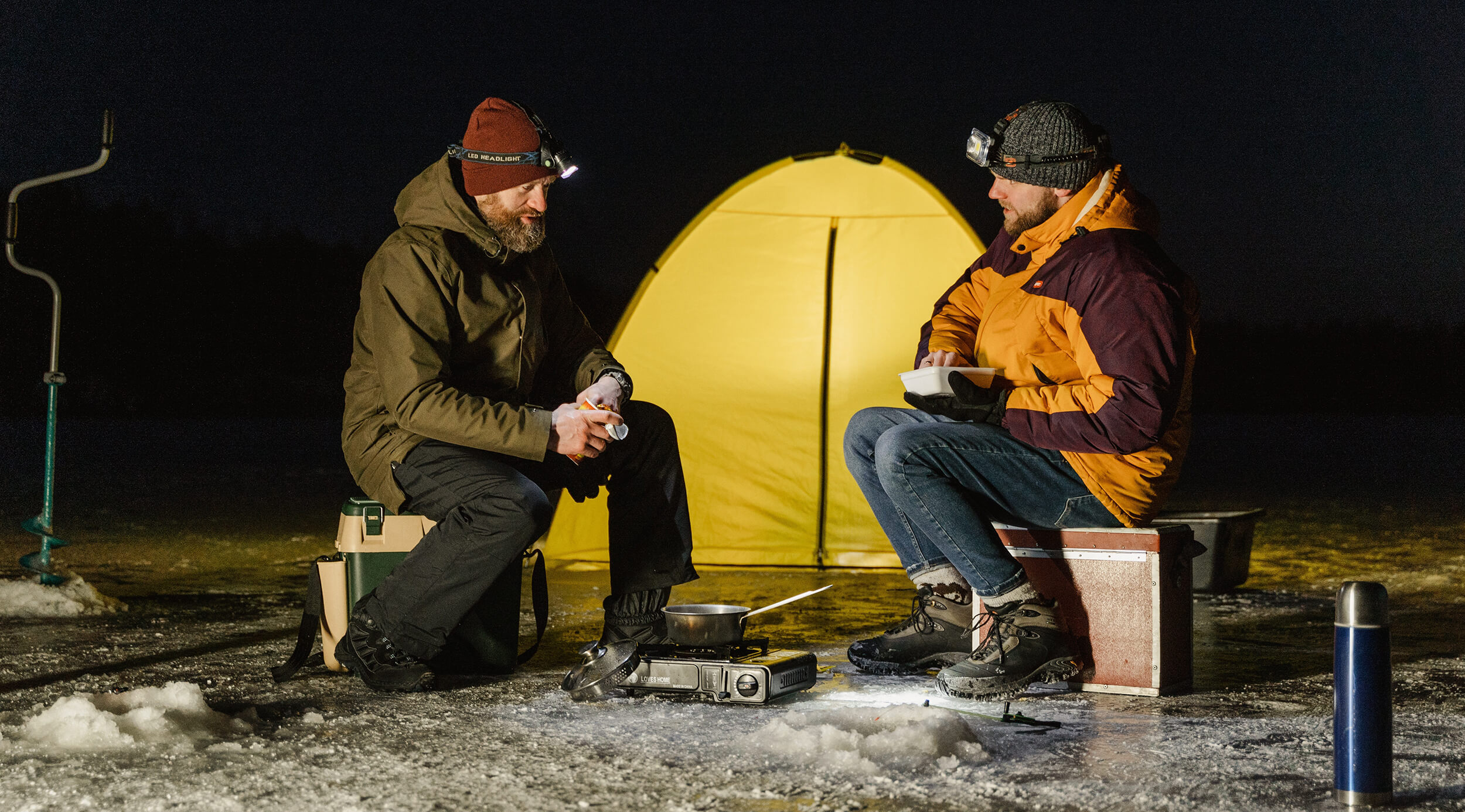
So, we figured out the theoretical provisions, it’s time to put them into practice. We are starting to get ready for fishing. Cooking:
- Clothes . Clothing should be loose and free of movement. Layering is mandatory: it is cool at dawn, then it gets warmer, so you have to gradually unmask yourself. A headgear and raincoat is highly recommended.
- Shoes . The ideal option is rubber boots, and the higher the better. Say what you like, but you have to climb into the water (drive in spears, release the hook after the hook, put the fish in the cage).
- Backpack . A hiking backpack with many pockets is the best option: everything you need will fit in, and it is not difficult to sort your belongings.
- Tackle . If we are talking about a float rod, do not forget to take with you spare equipment: fishing line, floats, ready-made leads.
- Groundbait and bait . Boiled pasta such as stars, boiled pearl barley, bread, the simplest unleavened dough, the ubiquitous earthworm are suitable. In general, it is better not to be stingy: the first time it is better to buy several baits and bait in a specialized store.
- Related equipment . If you are determined to become a fisherman, you will have to come to terms with the inevitable additional costs. A knife for removing hooks and repairing equipment can be found at home, but you will have to spend money on a landing net and a fish tank.
- High chair . Believe it or not, an uncomfortable posture and a stiff back can kill all the fun of fishing. Therefore, get a lightweight fabric folding chair, ideally with a back and armrests.
- First aid kit . It should contain the medicines you need according to the indications, and first aid equipment: bandages, cotton wool, peroxide, iodine. Packing wet wipes will not hurt either: wipe your hands after fish or use for more delicate purposes.
- Eye protection . If your eyesight is even slightly impaired, you will have to stare at the float, and this is an unnecessary strain on the eyes, discomfort and fatigue, so do not forget glasses with correction. Even if your vision is perfect, your eyes should be protected from bright sun and glare. You can use sunglasses or a cap with a large visor.
- Snacks and drinks . Take with you a couple of sandwiches prepared in advance (on the spot you will not have the time and desire to fiddle with their preparation). And remember: plain water is the best thirst quencher, preferably with lemon. In the cold, it is recommended to bring a thermos of tea with you.
We are sincerely glad that the ranks of fishermen are constantly growing, and sometimes thanks to our publications. We wish you a successful first fishing trip, a lot of vivid impressions and a fish-filled cage!

